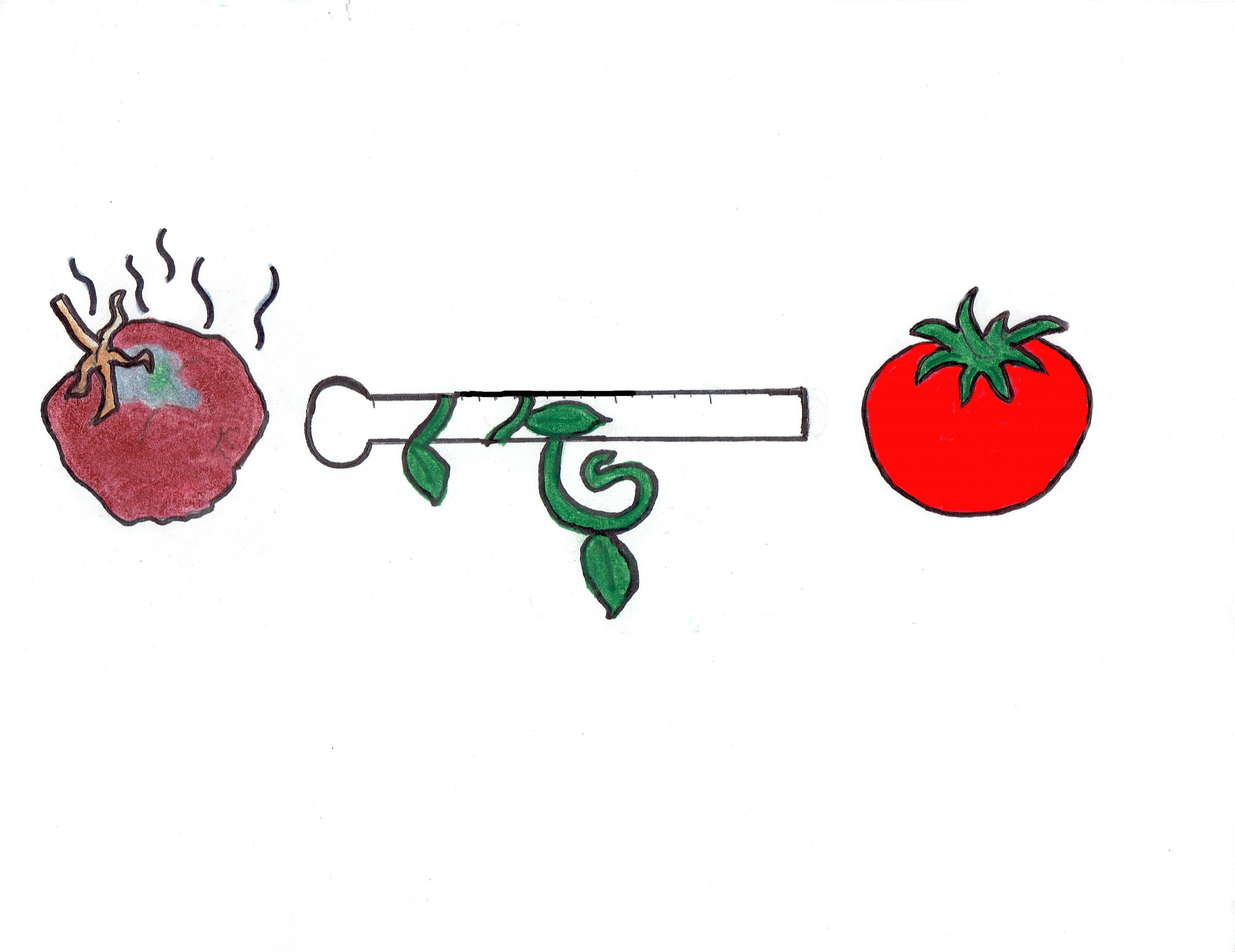The spoiling of Rotten Tomatoes
Why the popular media review website isn’t perfect
Rotten Tomatoes is a film and television website that collects reviews and ratings from a multitude of critics. A percentage out of 100 is assigned based on the ratio of overall positive reviews to negative ones. For example, if you see a film with a score of 75 per cent on the ‘tomato-meter’, this means that 75 per cent of the reviews collected about the film were more positive than negative. In other words, 75 per cent of the critics that reviewed the film enjoyed it. I have noticed a fairly common misunderstanding with these scores amongst casual moviegoers. Many people believe that the tomato-meter represents an actual score of the film, but it doesn’t. The aforementioned 75 per cent does not mean the film is a 7.5 out of 10. It simply means that 75 per cent of people who watched the film liked it more than they disliked it.
You may be wondering how Rotten Tomatoes decides whether or not a certain critic liked a film. Their criteria for deciding whether a particular review is positive or negative are fairly straightforward, but very subjective. If a film received a score of 60 out of 100 or higher, it is deemed a positive or ‘fresh’ review. Anything that scores a 59 or lower is considered negative or ‘rotten’. This criterion brings along a number of issues. The most important, in my opinion, is deciding whether or not reviews with no numeric score are positive or not. The reviews are meant to be read in depth to be understood, and yet are assigned to a simple binary of ‘good or bad’. A review may bring up a number of things that a film did well, and then mention a few negatives. It is purely up to the discretion of the person inputting data into the site whether or not it shows up as good or bad on the tomato-meter. It removes all nuances from criticism and reduces academic writing to its most simplistic form.
The second issue I have with the Rotten Tomatoes rating system is their labels of ‘fresh’ and ‘rotten’. When a film holds a score of 59 per cent or lower on Rotten Tomatoes, it becomes certified ‘rotten’. This goes against how their system works. For example, the film Tomorrowland holds a score of exactly 50 per cent on the tomato-meter. This score means the film is certified ‘rotten’, but it also means that exactly half of the 232 critics that reviewed the film liked it. By Rotten Tomatoes criteria, hypothetically, 116 critics could have rated the film ten out of ten and 116 critics could have rated it one out of ten, and it would still have a score of 50 per cent. While this is certainly not the case, it illustrates my point. The film is not necessarily ‘rotten’ or bad because half of the critics actually liked it. Rather, the film is the definition of polarizing. Instead of being ‘rotten’, the film should be labelled as having mixed reception. The ‘rotten’ label carries a negative connotation with it that may turn off audiences who could have been part of the 50 per cent of people who enjoyed it.
Rotten Tomatoes is a useful tool when deciding whether or not to spend money on seeing a film in theatres. It gives users a quick way to gauge whether they should invest their time and money in a film. If 90 percent of critics liked a film, then it is a safe bet. If only 50 per cent liked it, then it is definitely more of a gamble. The main issues regarding this site stem from users not understanding that the tomato-meter score is not a rating itself, but rather an indicator of how many people enjoyed a film versus how many did not. This explains why certain films like Boyhood (2014) received seemingly outrageous scores of 98 percent (the 17th highest rating on the entire site). This score is not meant to imply Boyhood is a 9.8 out of ten 10 objectively, it signifies that 98 per cent of critics enjoyed the film. Therefore, it is very likely that you will too, if you commit to watching it. If you are looking for an in-depth critique on a film then you may benefit from reading the actual reviews on the website, not simply the displayed score. Rotten Tomatoes provides a rough idea of whether a movie is universally considered good or bad, but it doesn’t do a good job of explaining why.
Featured image courtesy of Marta Perehinets
